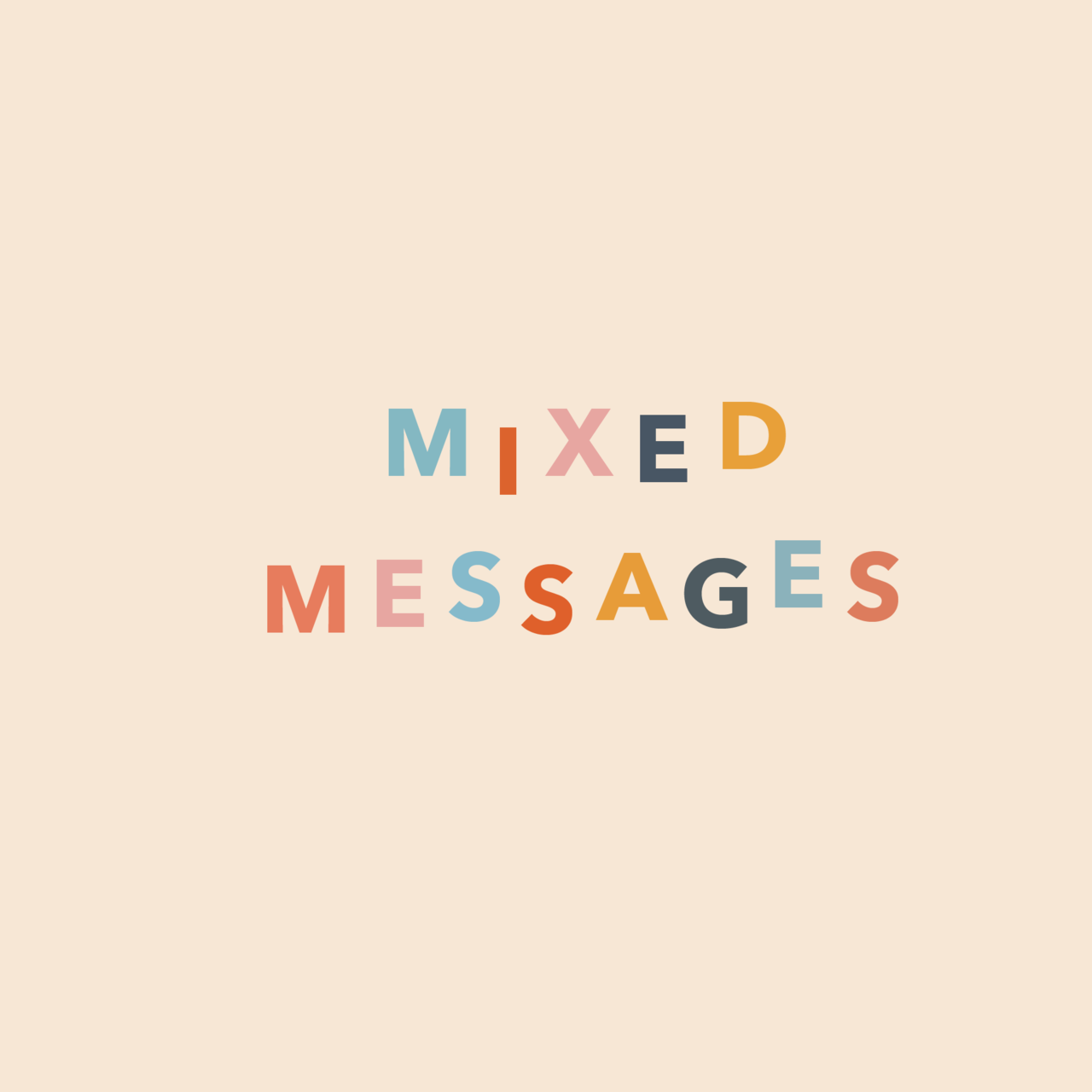This week, we interviewed Isabella Silvers, who writes Mixed Messages, a publication that delves into what it means to be mixed.
This interview has been lightly edited for length and clarity.
What’s your Substack about in one sentence?
Mixed Messages explores the mixed experience with a new guest each week, from actors and musicians to politicians and CEOs.
What inspired you to start a publication all about the experience of being mixed?
After years of advocating for marginalized groups in my day job as a journalist, I started to think more about my place in the conversation and about stories like mine. I wanted to speak to other mixed people to dispel the myth that we all look, think or feel the same. In the U.K., I was increasingly seeing people use the term “mixed” to refer to a light-skinned Black person, and I felt like I was being excluded from the one community I could wholly claim as my own, rather than Indian or white communities, which I don’t feel fully part of. Mixed people are not only Black and white, or even mixed with white, and I want people to understand that mixed people are so diverse.
You’ve interviewed more than 60 people about their experiences. What insights have resonated the most with you? What’s surprised you?
Every single conversation I’ve had has led me to think about mixed identity in a different way. I love when people bring a new perspective to the interview that I’ve never considered before. What’s clear is how empathetic and open-minded mixed people can be, and how that could be influenced by the fact that we know that two ways of existing can be true at the same time because we’ve seen it through our families. We don’t take things for granted, and try not to assume. It’s been really important for me to see these positives of being mixed, and see that not everyone has faced the same identity struggles that I, and others, have had. I try to speak to all different kinds of people from all different ethnicities, backgrounds, and ages, and I see how much more comfortable my older guests can be—I hope that’s in my future!
The terminology to describe being “mixed” has evolved over time. How are people navigating the ways they describe their own mixed backgrounds?
To start my answer, I loved this quote from my interview with Katy Massey:
“I think it’s important not to define myself according to labels white supremacy has made to identify us.”
I think we’re starting to realize how the words used to describe us, and that we adopted for lack of better options, are rooted in race science. It’s why I now try and steer away from saying “mixed-race,” which is a term I’ve used for years. Biracial or dual heritage are other popular terms, but they don’t account for people with more than two heritages in their mix. It’s messy and complicated, and we’re still figuring out how we want to refer to ourselves.
When speaking to journalist and author Natalie Morris, she said:
“It can be tricky to keep up with changes in terminology. There’s no wrong or right way to describe yourself, but it’s important to be open to those changes. It’s important that people also listen to what mixed people want—so many things are forced on you when you’re mixed, and it can be hard to push back against that.”
I agree with that wholeheartedly. It’s also fascinating to speak to people about the words used to describe mixedness in different languages. Priyanka Yoshikawa spoke to me about why she’s rejecting the common Japanese term hāfu recently, while Pauline Jeremie shared how the French word métis feels more inclusive than English options. In short … I could talk about this for ages!
What new themes have emerged in the contemporary conversation about mixedness?
I think language is key, and is perhaps the starting point. Once we develop the language to talk about ourselves—something that we haven’t had much opportunity to do, as we’ve been mainly tied to monoracial conversations—we'll begin to share our stories more freely. The more of us there are, the more comfortable we feel as well (Dr. Remi Adekoya taught me that), and with the U.K. census results coming in March, we’re about to see that the number of mixed people has skyrocketed. Social media has led to mixed people being much more able to see that they’re not alone, too. I think we’re also beginning to see that “mixed” doesn't mean one specific mix—the possibilities are endless.
Who’s another Substack writer you’d recommend?
As a journalist, Jem Collins’s Journo Resources newsletter is an essential read, listing heaps of paid writing opportunities every single week. I’m a huge bookworm, too, so I like What To Read If by Elizabeth Held and Anna Bonet’s Well Read for recommendations.
Subscribe to Isabella’s publication, Mixed Messages, and find her on Twitter and Instagram.



